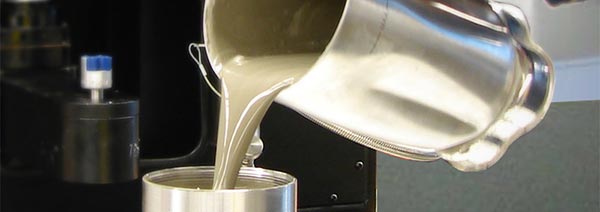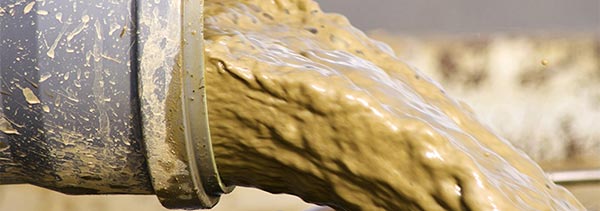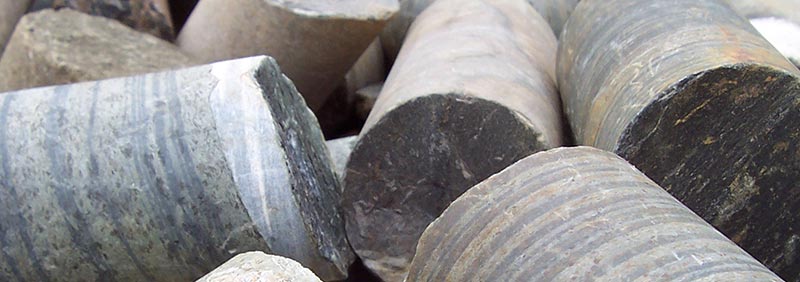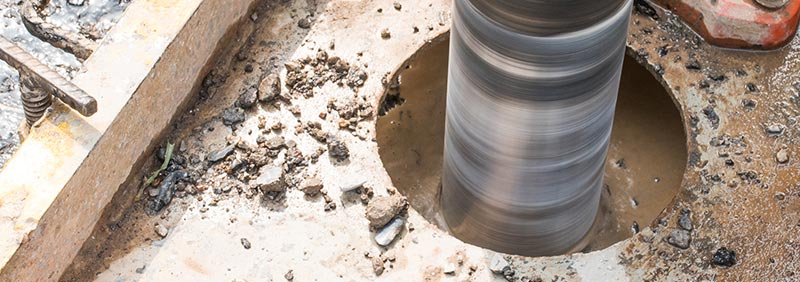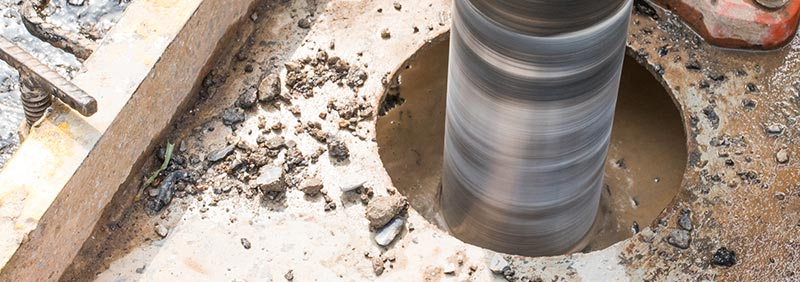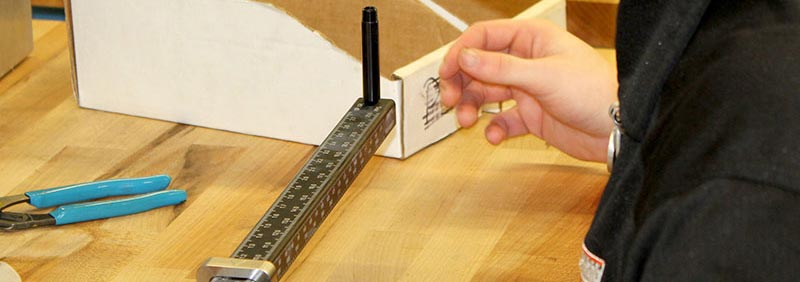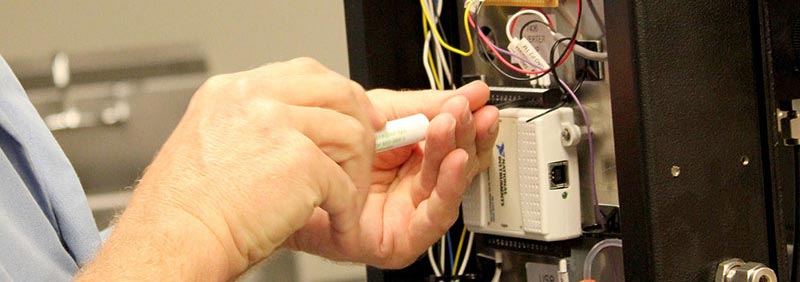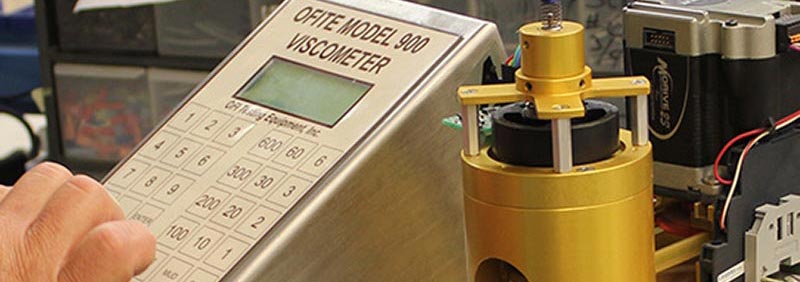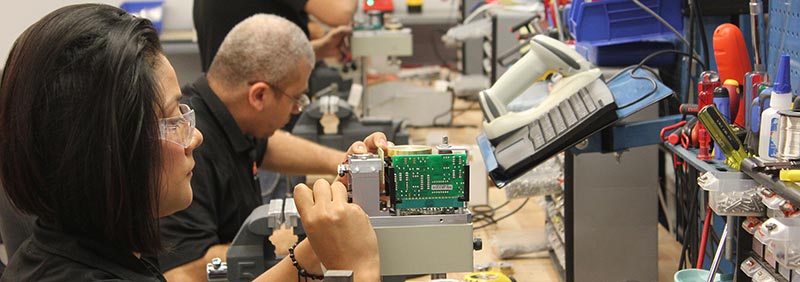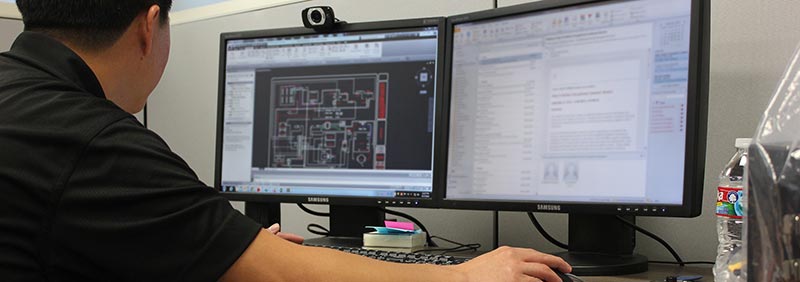Newsroom
New Product Addresses the Challenges of Testing Foam Cement in the Lab
Foam cement is a versatile, low-density cementing system used in many oil-well applications. It is commonly used for low fracture gradient or lost circulation problem wells. The formulation is unique compared to other oil-well fluids because it uses three phases of matter. The solid phase consists of cement and other dry additives. The liquid phase is mix water and any liquid additives. And the gaseous phase is, in most cases, nitrogen (N2) gas.
Adding nitrogen gas to a cement slurry dramatically reduces the density while using the same amount of mix water. Because no extra water is used, foam cement develops sufficient mechanical strength for well-bore application while improving the bonding characteristics. As the temperature increases down hole, the nitrogen gas expands, pushing the foam cement against the formation and casing and creating a stronger bond. Despite the added benefits, expansion also creates challenges for laboratory testing.
In order to properly prepare a foam cement sample, it is necessary to retain the desired density, constrain the nitrogen gas within the matrix, maintain volume, and prevent fluid contamination. Failure to accomplish any of these will change the foam cement properties.
The BP Settling Tube is commonly used to prepare conventional cement slurries for testing sedimentation, permeability, and more. Unfortunately, the design of the BP Settling Tube allows foam cement to expand, invalidating the results.
The OFITE Foam Cement Stability Tube is designed to cure a foam cement sample while retaining the designed density. A two-piece brass mold insert holds the foam cement and fits inside the stainless steel pressure cell. The assembly provides a pressure envelope, giving the cement no room to expand. When curing is complete, the result is a cylinder of hardened cement that retains the designed density. It can then be cut into smaller samples for testing.
The Foam Cement Stability Tube is capable of curing both foam and standard slurries at temperatures up to 400°F (204.4°C) and 3,000 psi (20.7 MPa). The resulting cylinder is 1” in diameter and 8.25” long.
For more information, visit the product page.


